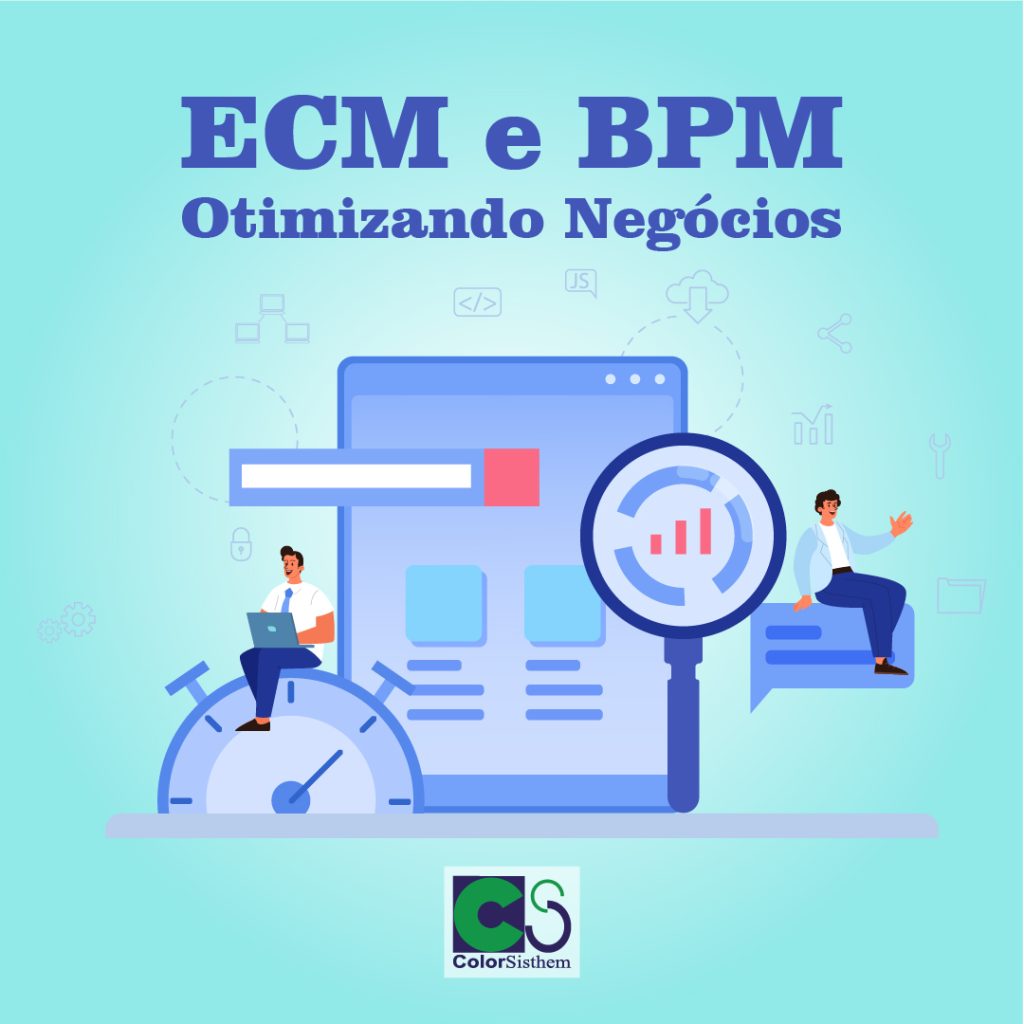To measure the success and effectiveness of ECM (Enterprise Content Management) and BPM (Business Process Management) implementations, organizations can consider the following key metrics and approaches:
- Process Efficiency: Measure the improvement in process efficiency by tracking factors such as reduced cycle time, decreased manual effort, and improved throughput. This can be quantified by comparing the time taken to complete a process or task before and after implementation.
- Cost Savings: Evaluate the cost savings achieved through ECM and BPM initiatives. This can include reduced paper usage, decreased storage costs, minimized manual errors, and streamlined workflows. Organizations can compare the pre-implementation and post-implementation costs associated with content management and process execution.
- Compliance and Risk Mitigation: Assess the level of compliance achieved and the reduction in compliance-related risks. Evaluate whether ECM and BPM initiatives have improved adherence to regulatory requirements, ensured proper document control, and reduced the risk of non-compliance or data breaches.
- User Adoption and Satisfaction: Measure user adoption rates and collect feedback from users to assess their satisfaction with the ECM and BPM solutions. Conduct surveys, interviews, or focus groups to gauge user experiences, identify pain points, and gather suggestions for improvement.
- Process Visibility and Control: Evaluate the extent to which ECM and BPM implementations have provided real-time visibility into process execution. Measure the ability to monitor key performance indicators (KPIs), track process status, identify bottlenecks, analyze process data, and make data-driven decisions.
- Customer Satisfaction: Assess the impact of ECM and BPM initiatives on customer satisfaction. Measure factors such as improved response times, enhanced customer service, reduced errors or delays in customer-facing processes, and feedback from customers regarding their experience with the organization’s processes.
- Scalability and Adaptability: Consider the scalability and adaptability of ECM and BPM solutions to accommodate organizational growth and changing business needs. Assess whether the implemented systems can handle increased volumes of content, users, or processes effectively.
- Stakeholder Feedback: Engage with key stakeholders, including managers, department heads, and executives, to gather their feedback and perspectives on the impact of ECM and BPM implementations. Understand their views on improvements in productivity, collaboration, decision-making, and overall business performance.
- Benchmarking and Industry Comparisons: Compare the organization’s ECM and BPM performance metrics with industry benchmarks or best practices. This can provide insights into how the organization’s implementation measures up against peers and identify areas for improvement.
- Return on Investment (ROI): Calculate the ROI of ECM and BPM implementations by comparing the costs incurred (including implementation, training, and maintenance) with the quantifiable benefits achieved, such as cost savings, productivity gains, and process improvements.
It’s important to note that the selection of specific metrics and approaches for measuring success will depend on the organization’s goals, objectives, and the nature of the implemented ECM and BPM solutions. Regular monitoring, tracking, and adjustment of measurement approaches will help organizations continuously improve their ECM and BPM initiatives.
SHARE
